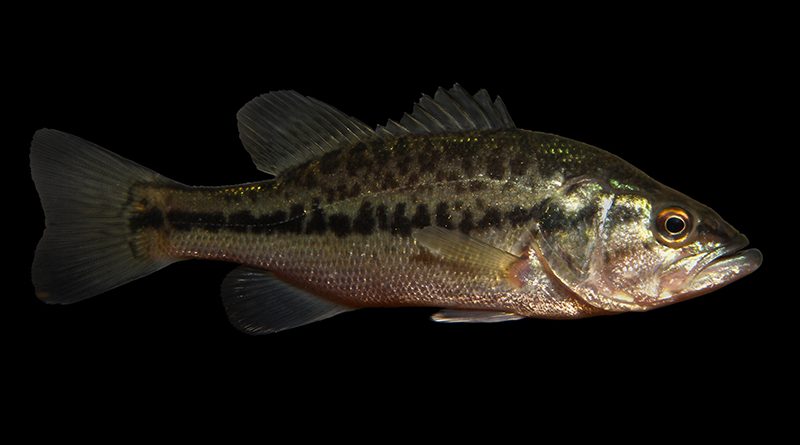Let’s Kick Some Bass!
NEWPORT—Rockfishing is out, and bass fishing is in! The California Department of Fish and Wildlife announced some changes to rockfish fishing. Fishing for this species is currently closed for boat-based anglers, those who fish from boats or vessels of any size or any other floating object, including kayaks and float tubes. Rockfish fishing is closed to boat-based anglers, kayaks, and float tubes but is open to divers and shore-based anglers year-round. Bag-based rock fishing will open on Feb. 28.
On Jan. 17, Davey’s Locker Sportfishing’s Instagram account, @daveyslockersportfishing, posted fun content highlighting all the best ways to fish for bass in Newport Beach.
TIP No.1: Dock fishing. This style of fishing provides cover for fish that hang out near pilings. Shade provides a form of cover for bass and may result in them hiding under the shade line. This means you should be aware of your tides. The last hour and first hour of a tidal switch will make for good fishing.
TIP No.2: Spotted sand bass are predators and will often hide and wait for crustaceans or small fish to float by. You can easily find spotted sand bass by rocks and jetties, docks, and pilings, as well as mooring lines. Davey’s Locker Sportfishing recommends that anglers allow for tidal currents to carry lure past a structure such as live prey floating by.
TIP No. 3 Spotted sand bass are ambush predators that are all about structure. They prey by lying hidden and camouflaged inside cover. To catch this fish, reel the line in slowly, making sure to keep the lure slightly off the bottom while jerking the rod slightly to imitate live bait and entice the bass. When you catch a bite, rather than yanking hard to set the hook, increase the reeling speed slowly until you feel the full weight of the fish. This will ensure a successful catch.
TIP No.4: While doing jetty or rock wall fishing, cats parallel as you reel your catch in. Allow the lure to strike the rocks; this action can trigger reaction bites, which is a bite from a fish that is not looking to feed. Bass hide in the shallows, about 10-12 feet deep, amongst the rocks waiting for prey to float by. The fish will nose into the current, so be sure to pay attention to which direction the current is flowing.
TIP No.5: Mooring field fishing is another option. When the tide comes in, the fish will wait by mooring cans for food to be pushed by them in the current. Anglers should try to target mooring cans in front of the tide.
When anglers are out on the prowl, bass don’t know that they have become the prey, and the anglers can fight just as hard as them.


